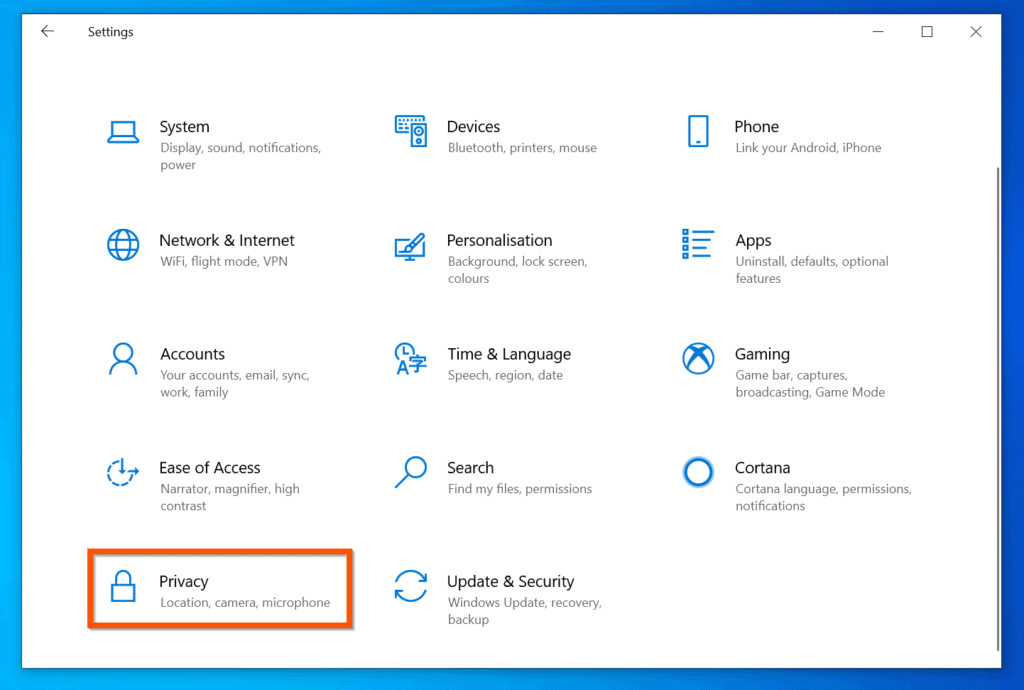

- #Parallels desktop windows 10 sleep mode pause how to#
- #Parallels desktop windows 10 sleep mode pause serial#
- #Parallels desktop windows 10 sleep mode pause update#
- #Parallels desktop windows 10 sleep mode pause full#
- #Parallels desktop windows 10 sleep mode pause software#
This will disable the hibernation mode on your computer.
#Parallels desktop windows 10 sleep mode pause update#
#Parallels desktop windows 10 sleep mode pause how to#
How to Disable Hibernation on a Windows 10 PC Note: You will only see two drop-down menus under Sleep if you are using a laptop. You can also choose to adjust the number of minutes it takes before your computer goes to sleep after becoming idle. Although, I can access that computer through ping and even through Explorer Ways to fix Remote Desktop problems 1 to choose a remote computer to shutdown use the IP address, as you can see in the below example shutdown -s -m 192 10 PC (wih RealVNC server) Remote from a dual-monitors Win10 to another Win10 via mstsc, uncheck use all monitors. Your computer will not enter sleep mode anymore. If you need Power Nap on, try to suspend Windows before closing Mac lid and check if it helps. Use the 'Enable Power Nap' checkbox to turn Power Nap on or off.) 2.

(Choose Apple menu > System Preferences, then click Energy Saver.
#Parallels desktop windows 10 sleep mode pause full#
In Full Screen mode, Windows 10 occupies the entire Mac display and you don’t even see the Mac. You can move the window around the desktop, and you can resize it. In Window mode, the guest OS runs in a window on the Mac desktop. To turn off sleep mode on a Windows 10 PC, go to Settings > System > Power & sleep. Figure 1The four view modes of Parallels Desktop. Here’s how to turn off sleep mode and disable hibernation on your Windows 10 PC. However, it can be annoying if your computer is going to sleep when you don’t want it to.
#Parallels desktop windows 10 sleep mode pause serial#
#Parallels desktop windows 10 sleep mode pause software#

Click the plus sign (+) next to “USB settings” and “USB selective suspend setting” to expand the options and change the setting to Disabled.Click Change plan settings for the plan you want to change.Click Hardware and Sound, then click Power Options.On your keyboard, press the Windows key + X and select Control Panel.The steps below outline how to configure the USB root hub to stay on during hibernation, to prevent this from happening. If the USB device does not work after your computer has been in extended hibernation, it is likely that Windows has automatically turned off the USB Root hub to save power.


 0 kommentar(er)
0 kommentar(er)
